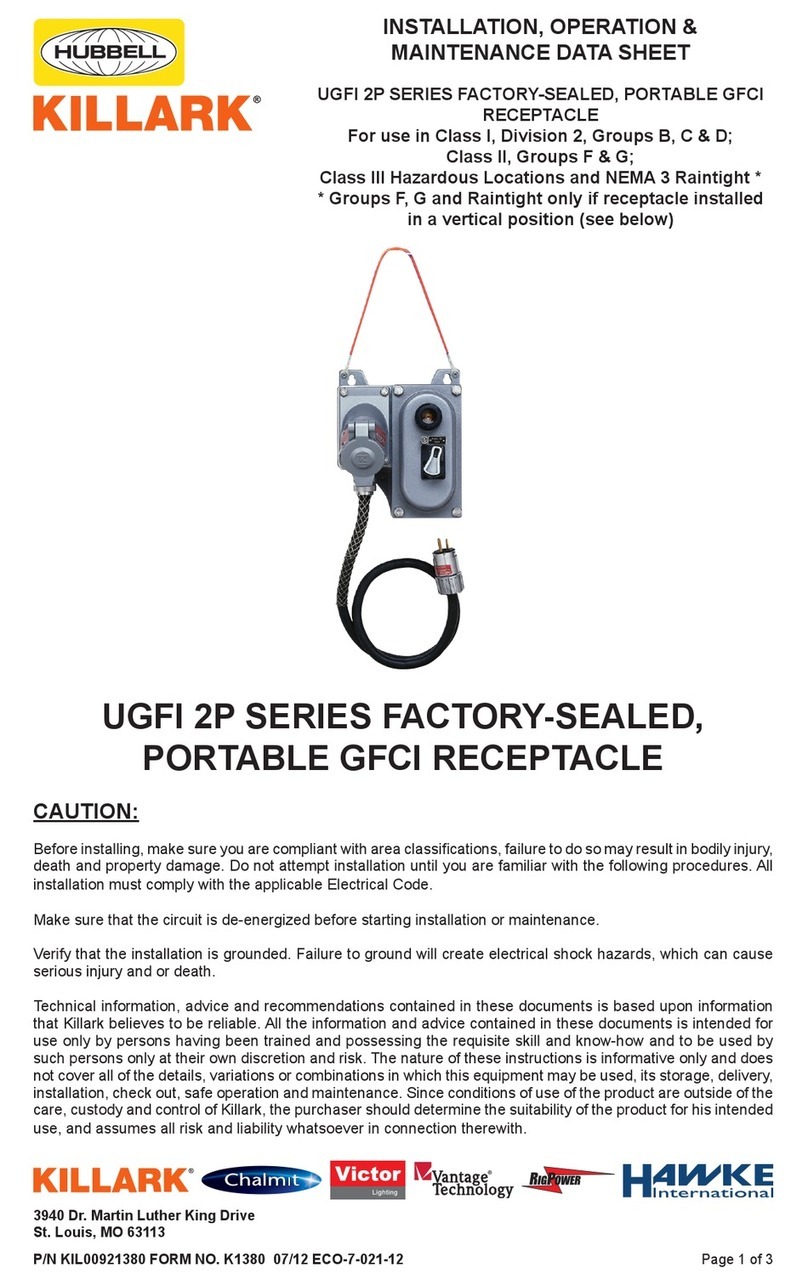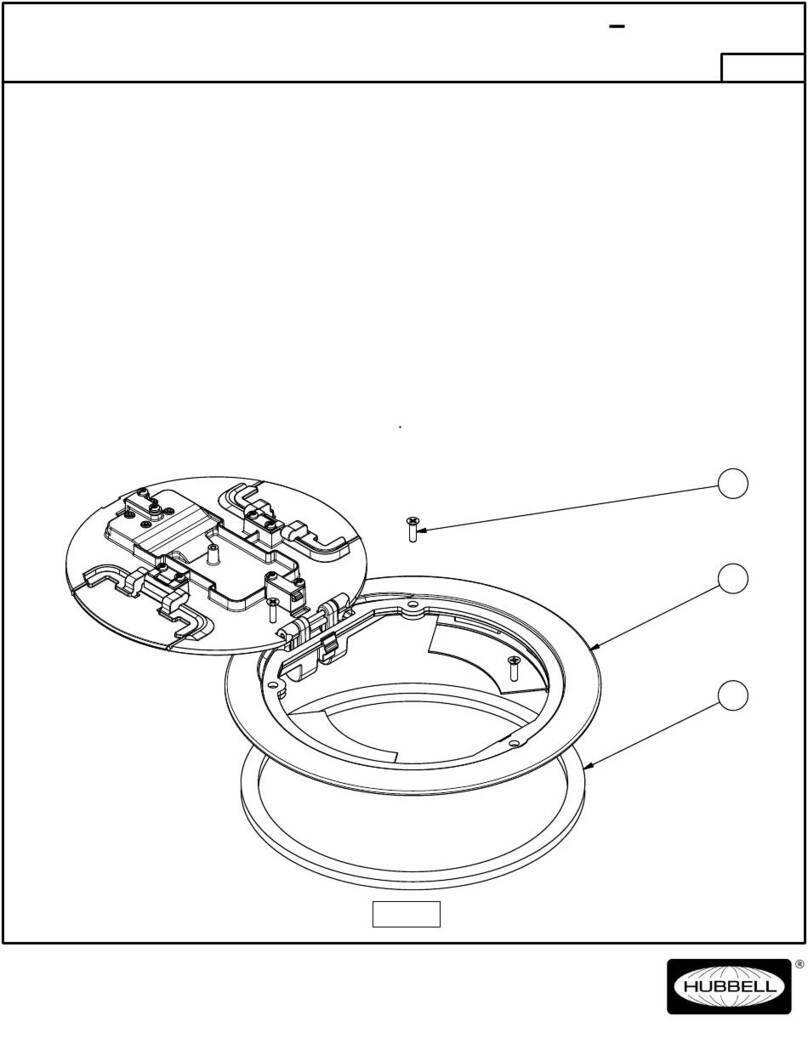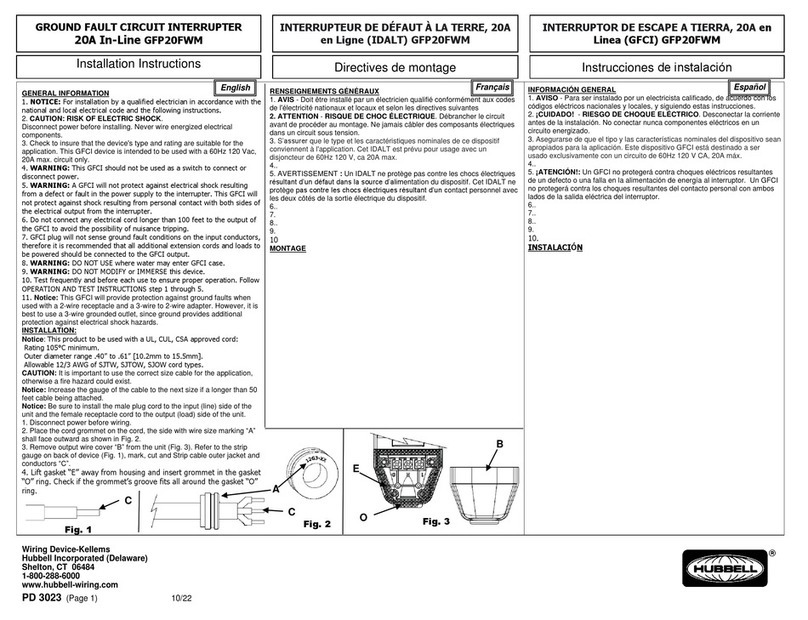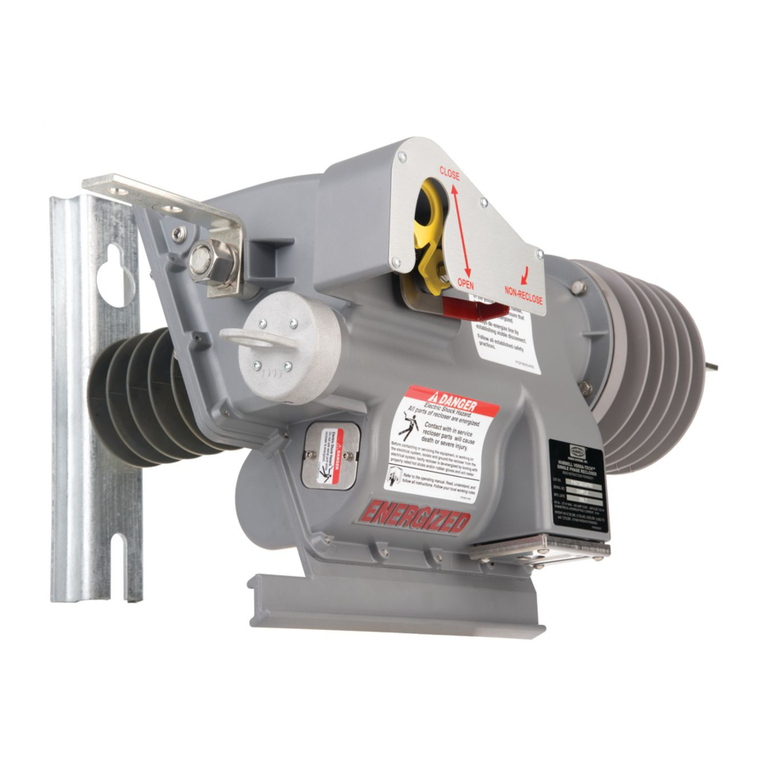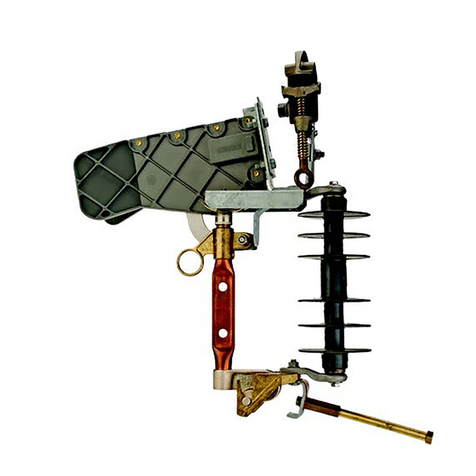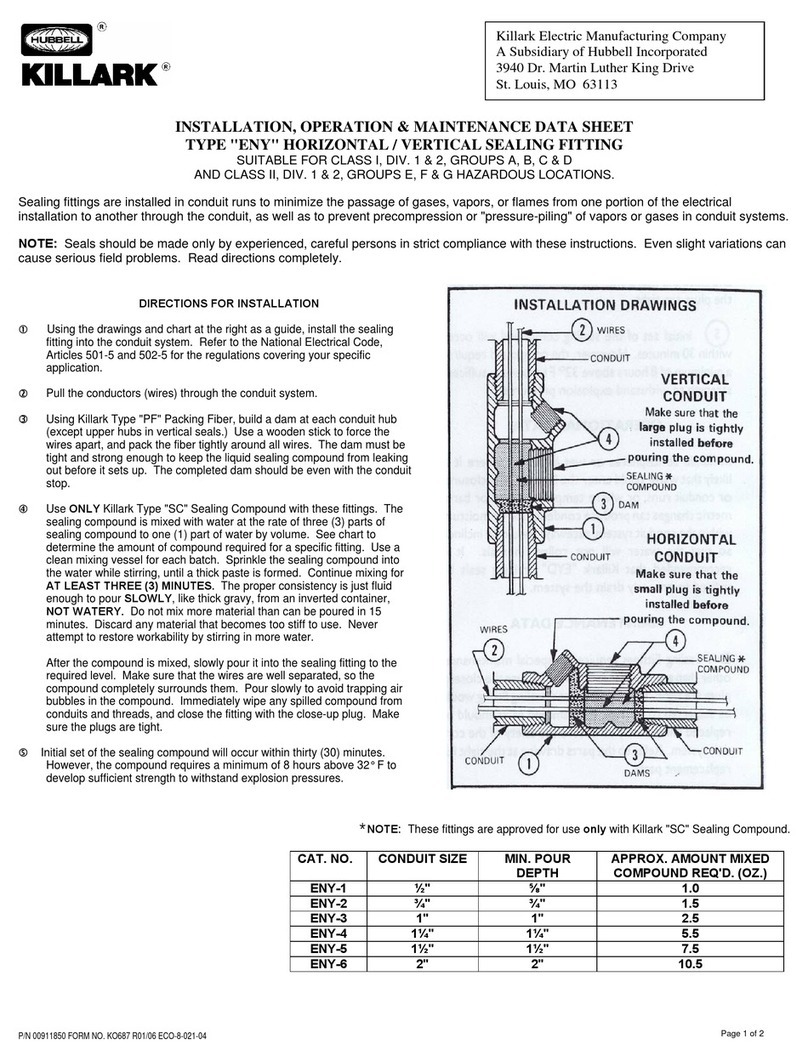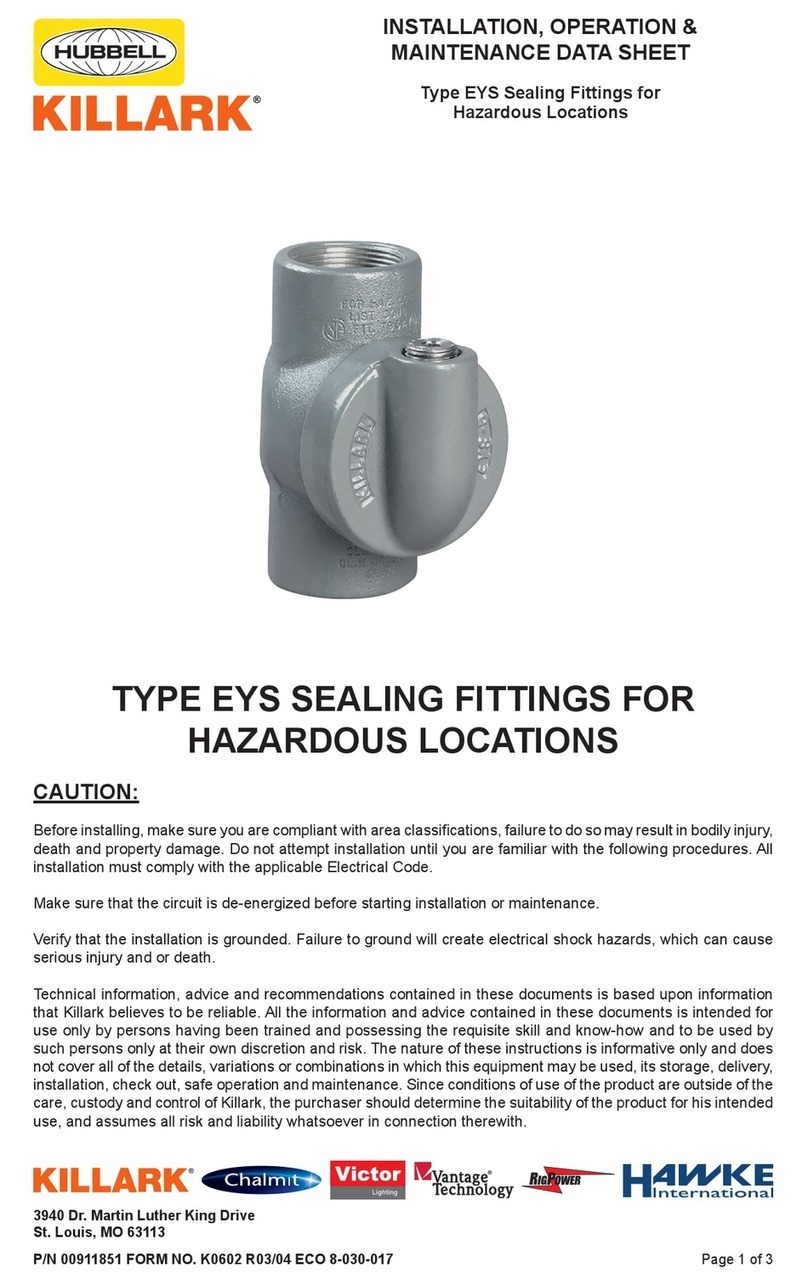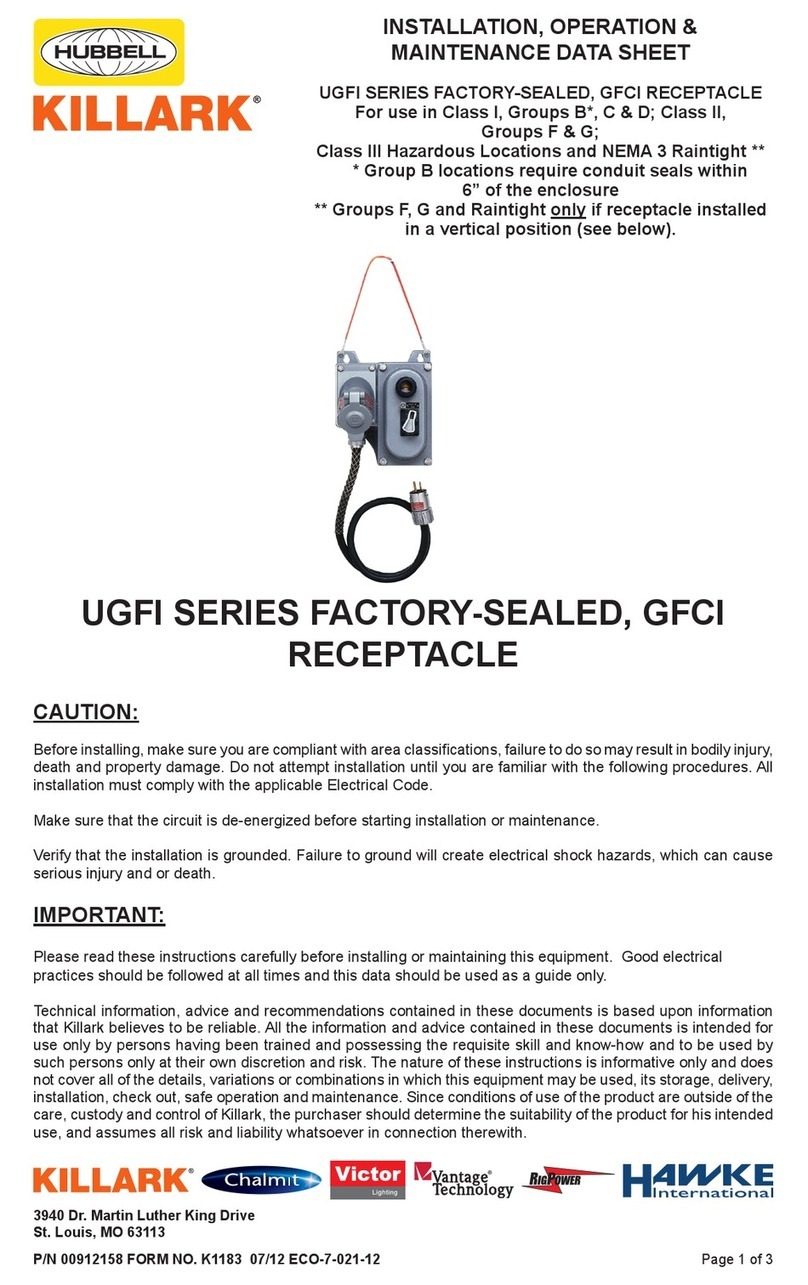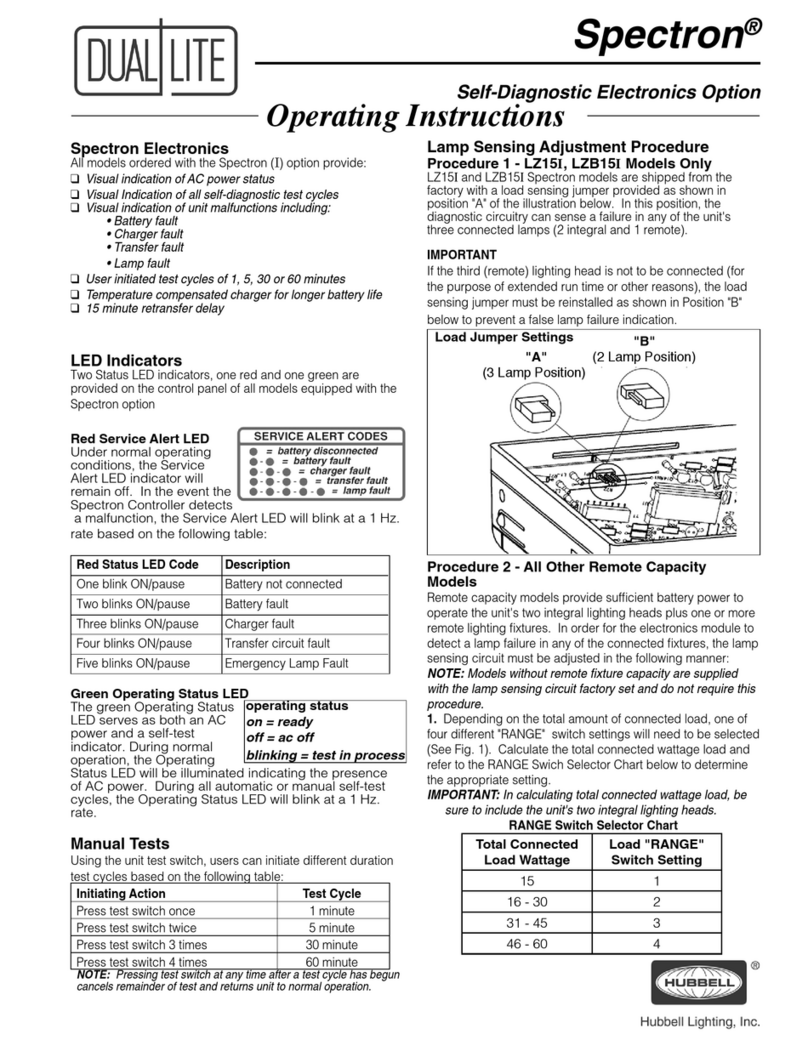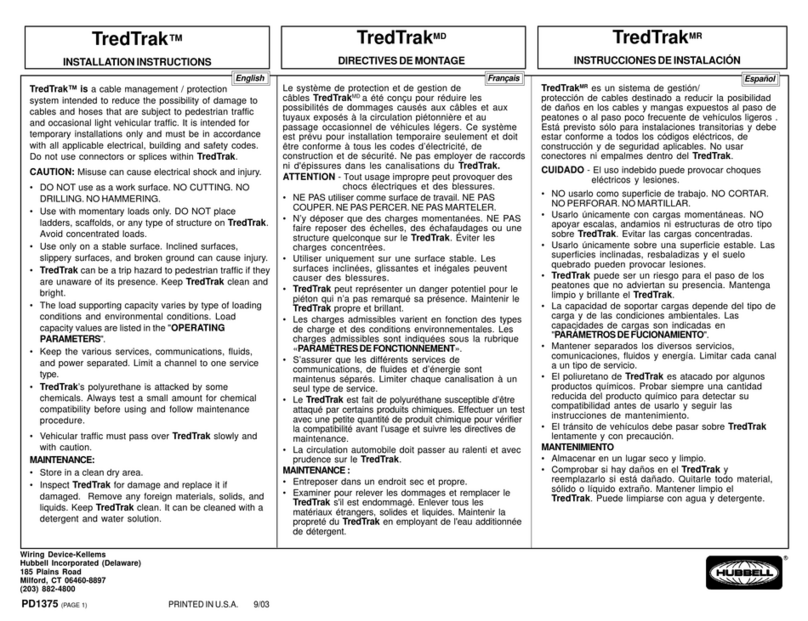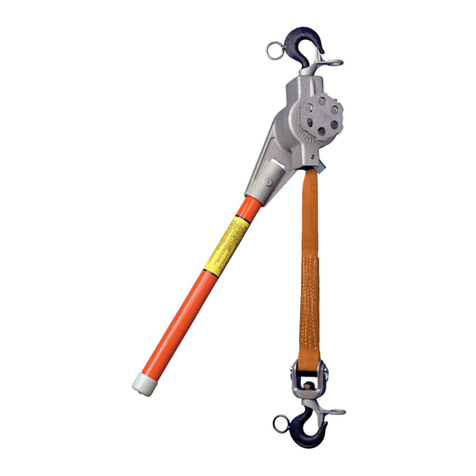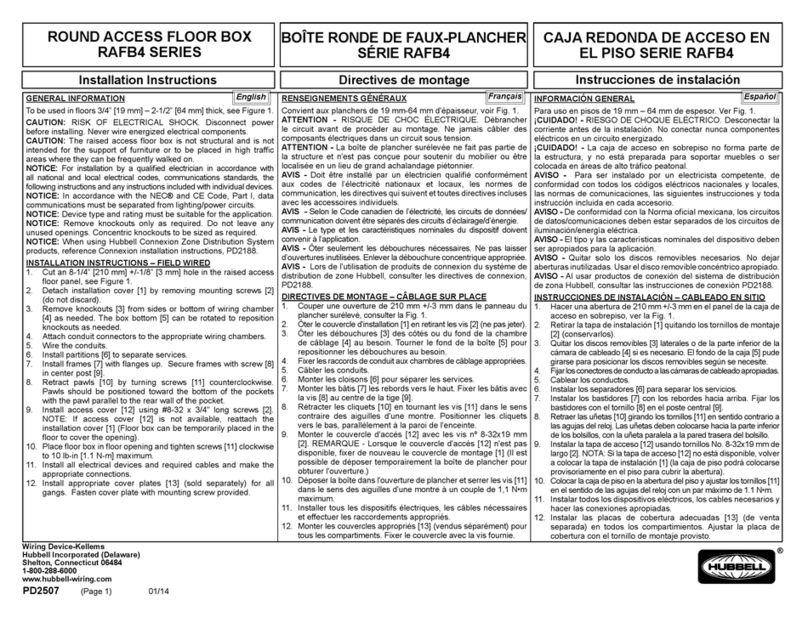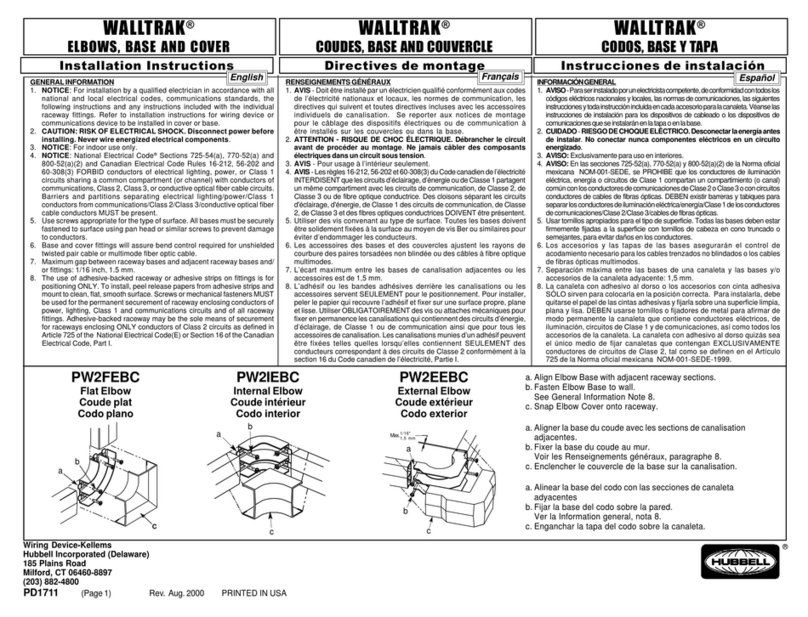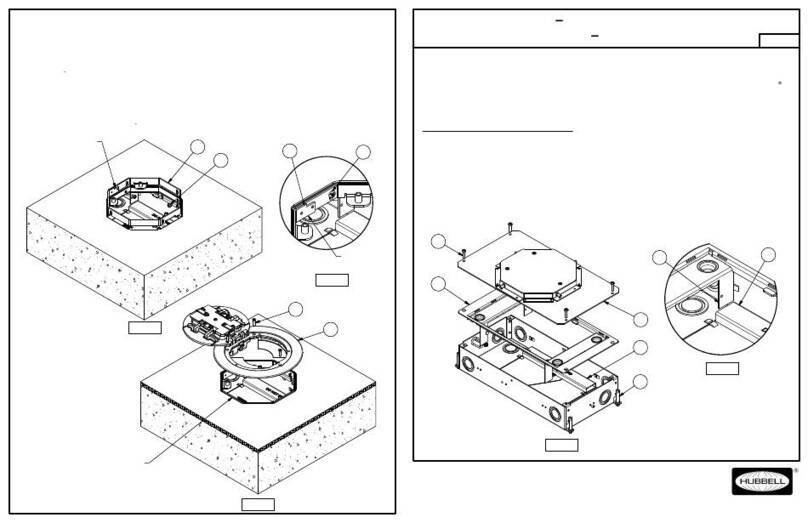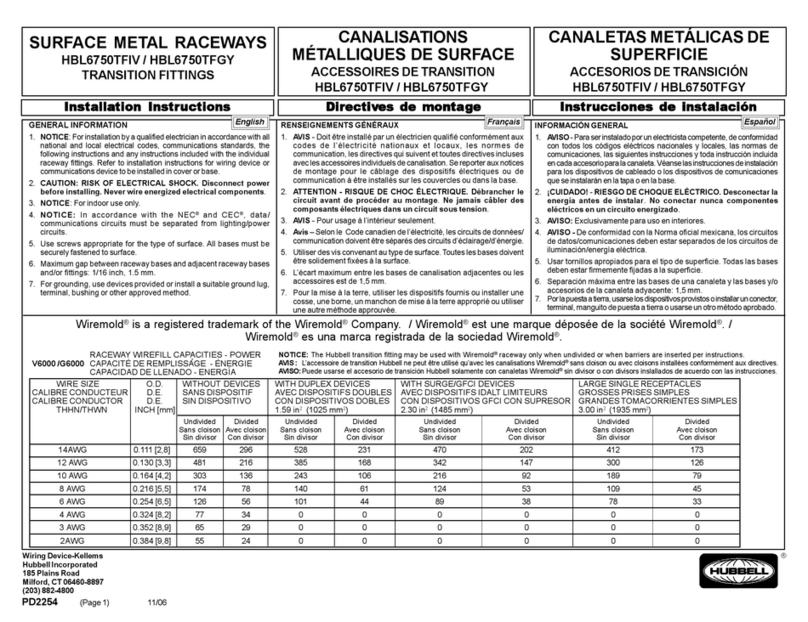
Pub. 42004-194H
GAI-Tronics Corporation P.O. Box 1060, Reading, PA 19607-1060 USA
610-777-1374 800-492-1212 Fax: 610-796-5954
VISIT WWW.GAI-TRONICS.COM FOR PRODUCT LITERATURE AND MANUALS
GAI-TRONICS® CORPORATION
A HUBBELL COMPANY
Model 234 Stanchion Assembly
Confidentiality Notice
This manual is provided solely as an installation, operation, and maintenance guide and contains sensitive
business and technical information that is confidential and proprietary to GAI-Tronics. GAI-Tronics
retains all intellectual property and other rights in or to the information contained herein, and such
information may only be used in connection with the operation of your GAI-Tronics product or system.
This manual may not be disclosed in any form, in whole or in part, directly or indirectly, to any third party.
Introduction
The complete emergency station is shipped in two stages. The Model 84504 Hardware Kit is usually
shipped in advance followed by the remaining assemblies (Model 84501, Model 84502, and Model
84503). In addition to this publication, refer to the following manuals to assist in properly installing a
complete station:
Pub. No. Emergency Phone Model
Pub. 42004-284 Model 530FB Strobe with Dual Constant-On Lamps
Pub. 42004-352 Model 297-001 Flush-Mount Emergency Phone
Pub. 42004-351 Model 297-003 S.M.A.R.T. Flush-Mount Emergency Phone
Pub. 42004-352 Model 298-001 Flush-Mount Emergency Phone with Keypad
Pub. 42004-351 Model 298-003 S.M.A.R.T. Flush-Mount Emergency Phone with Keypad
The Model 234 Stanchion Assembly is designed to house a Model 298 or 297 Emergency Telephone and
a Model 530FB or 531A Beacon. This aesthetically-pleasing stanchion is over 9 feet tall, making it easily
located by potential users.
The beacon creates added noticeability to emergency telephone locations by providing a constant-on lamp
and a flashing strobe light is automatically engaged when the emergency button is pressed. The telephone
is also highly visible; a light mounted in the stanchion shines on the front panel of the telephone to
illuminate the phone for nighttime use.
GAI-Tronics enhanced emergency telephones are designed for isolated high-risk areas requiring
emergency communications equipment.
Emergency telephone users simply press the clearly labeled emergency push button for immediate
connection to a user-programmed central security telephone number.
